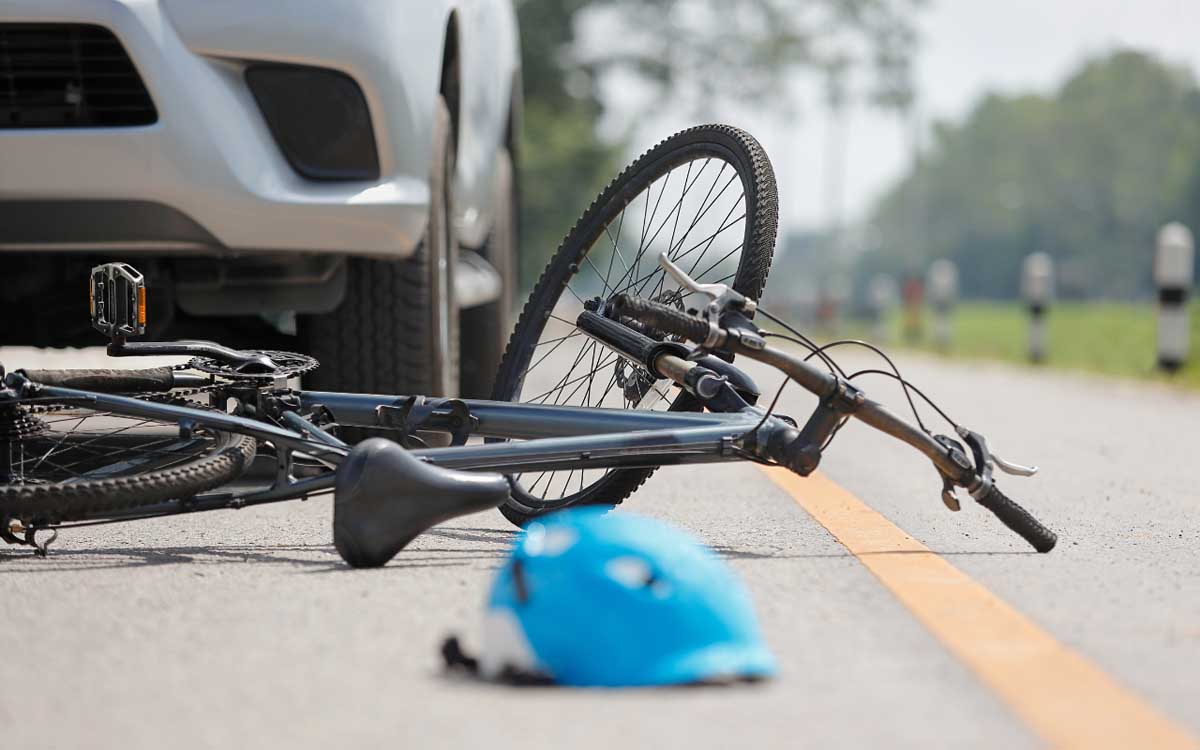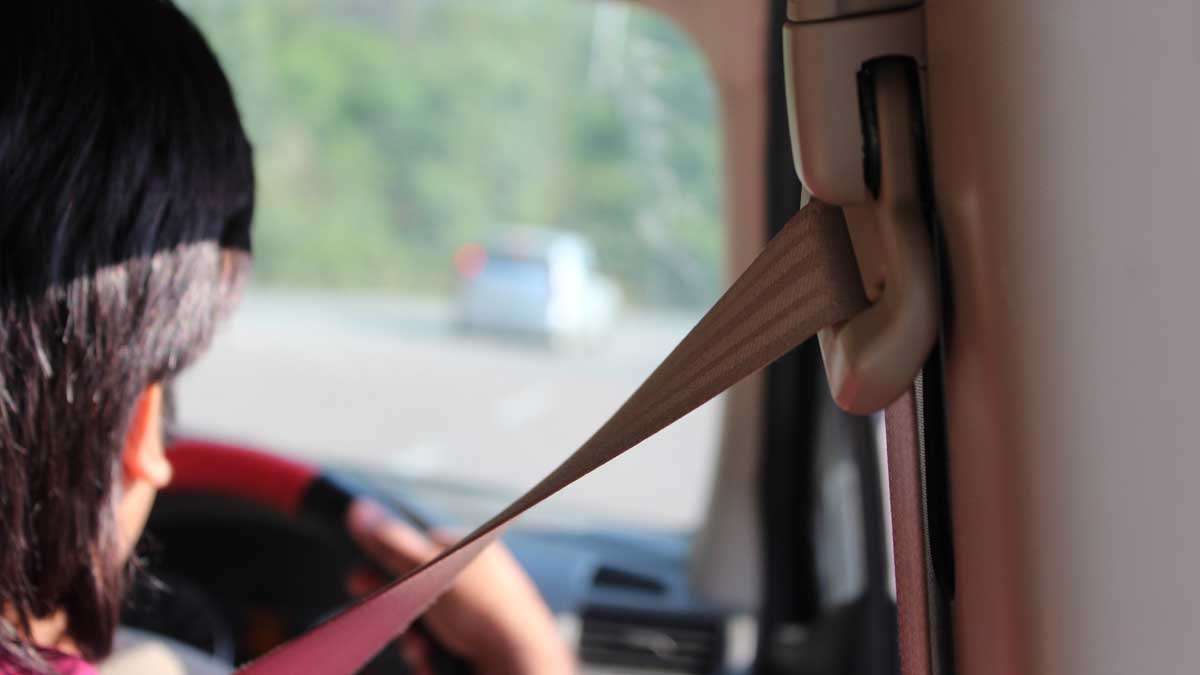Determining fault between cars and cyclists can be a complicated matter depending on numerous factors. It’s an unfortunately common scenario – a car collides with a cyclist. But who’s at fault?
In this article, we’re going to break down various scenarios in Australia where fault is determined in accidents involving cars and cyclists. Whether you’re a cyclist pedalling to work or a driver commuting through city streets, knowing these rules and responsibilities is crucial for everyone’s safety.
Determining Fault in Car-Cyclist Accidents
When a car hits a cyclist, figuring out who’s to blame involves looking at a mix of rules and real-world actions. In Australia, this is about understanding each party’s duty of care. Drivers, for instance, need to keep an eye out for cyclists, obey speed limits, and give enough space.
Cyclists should stick to the rules, signal clearly, and make sure they’re seen. What really happened in the moments leading up to the crash – like road conditions, visibility, or whether someone ran a red light – plays a big part in deciding who’s at fault.
Sometimes, it’s clear-cut; other times, it’s more complicated. And keep in mind, rules can vary from state to state. In the next bits, we’ll dive into specific situations where either the driver or the cyclist is usually found responsible, shedding light on the intricate process of figuring out fault in these accidents.

Scenarios Where the Driver is Typically at Fault
- Failure to Yield On the bustling roads of Australia, a common fault of drivers in car-cyclist accidents is failing to yield. This often happens at intersections or roundabouts, where a cyclist, rightly following the road rules, is struck by a vehicle whose driver neglected to give way. This lack of attention or misjudgment of the cyclist’s speed and distance often leads to avoidable accidents.
- Dooring Accidents ‘Dooring’, a scenario dreadfully familiar to urban cyclists, occurs when a driver or passenger opens their car door into the path of an oncoming cyclist. Such incidents are jarringly abrupt and can cause serious injuries, placing clear fault on the car occupant for not checking their surroundings before opening the door.
- Overtaking and Space Misjudgment Drivers misjudging the necessary space to safely overtake cyclists is another leading cause of accidents. These side-swiping incidents occur when drivers underestimate the lateral distance required or misinterpret the speed of the cyclist, leading to dangerous encounters.
- Turning Across the Cyclist’s Path Accidents frequently occur when drivers turn across the path of a cyclist moving straight, often at intersections or driveways. In such cases, the driver’s failure to observe or yield to the cyclist puts them at fault.
- Rear-Ending Incidents When a car hits a cyclist from behind, it’s usually a clear-cut case of the driver’s mistake. Such rear-ending typically results from the driver’s distraction, speed, or failure to maintain a safe following distance.
- Traffic Violations and Impaired Driving Drivers who disregard traffic signals or drive under the influence significantly increase the risk of accidents with cyclists. These serious violations often result in the driver being deemed at fault due to the inherent recklessness and breach of road safety laws.
Scenarios Where the Cyclist May Be at Fault
- Ignoring Traffic Signals Cyclists, like all road users, are bound by traffic signals. Accidents where cyclists have ignored red lights or stop signs, leading to collisions, often result in the cyclist being at fault. Such actions not only endanger the cyclist but also disrupt the predictable flow of traffic, increasing risk for all.
- Unpredictable Riding Cyclists who ride unpredictably, such as swerving between lanes or making sudden turns without signalling, contribute significantly to accidents. In these instances, their erratic behaviour places them at fault, as it compromises the ability of drivers to react safely.
- Nighttime Visibility Issues Riding at night without adequate lighting or reflective clothing poses significant risks. In accidents occurring under such conditions, the lack of visibility can be attributed to the cyclist, thereby placing fault on them for the collision.
- Sudden Road Entry Cyclists entering the road abruptly, especially from driveways, sidewalks, or between parked cars, can lead to collisions. In such scenarios, if the cyclist’s sudden movement into traffic causes an accident, they may be held responsible.
- Not Using Bike Lanes When bike lanes are available, and cyclists choose not to use them, leading to accidents, the responsibility may fall on the cyclist. While not always a clear-cut issue, the availability and non-use of designated lanes can be a factor in fault determination.
- Cycling Under the Influence Similar to drivers, cyclists under the influence of alcohol or drugs face not only legal repercussions but are also often found at fault in accidents due to impaired judgment and reaction times.





